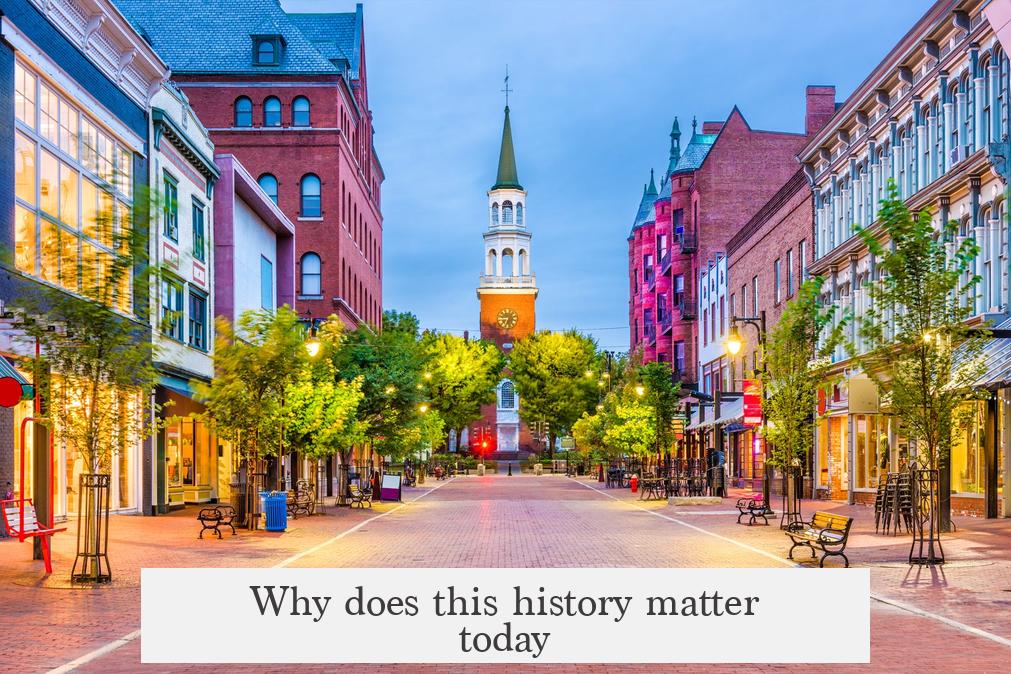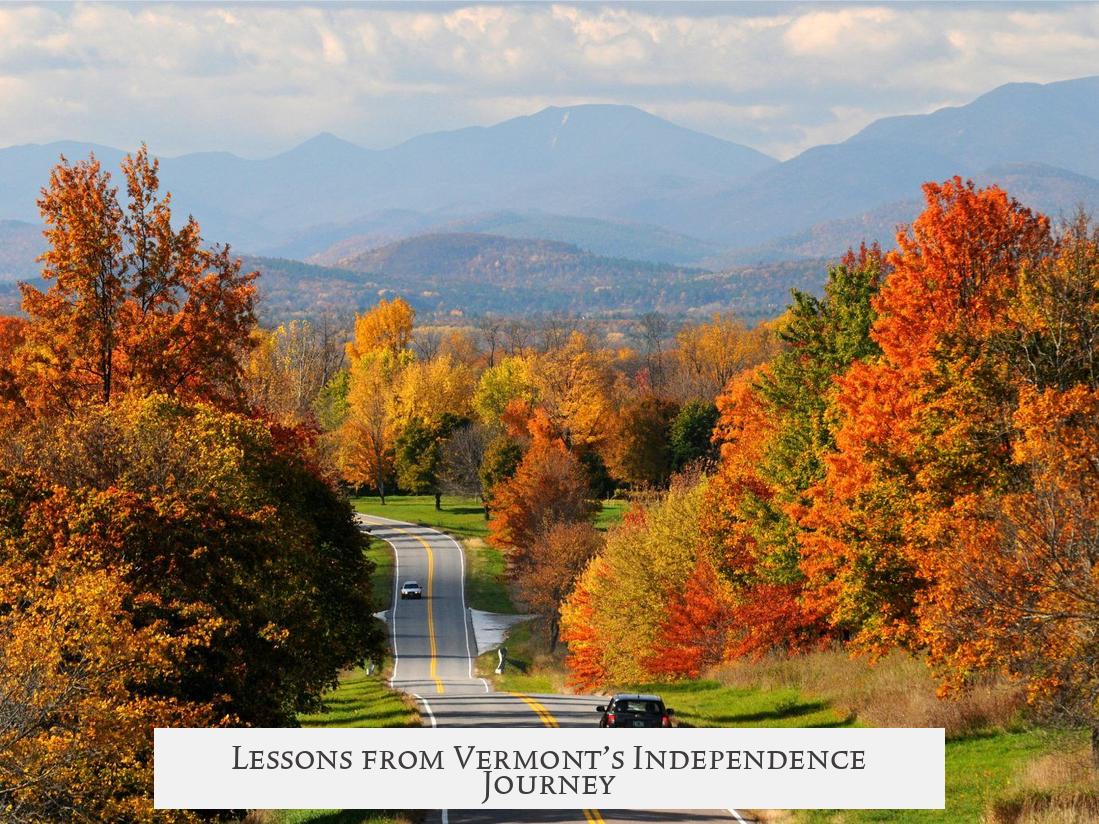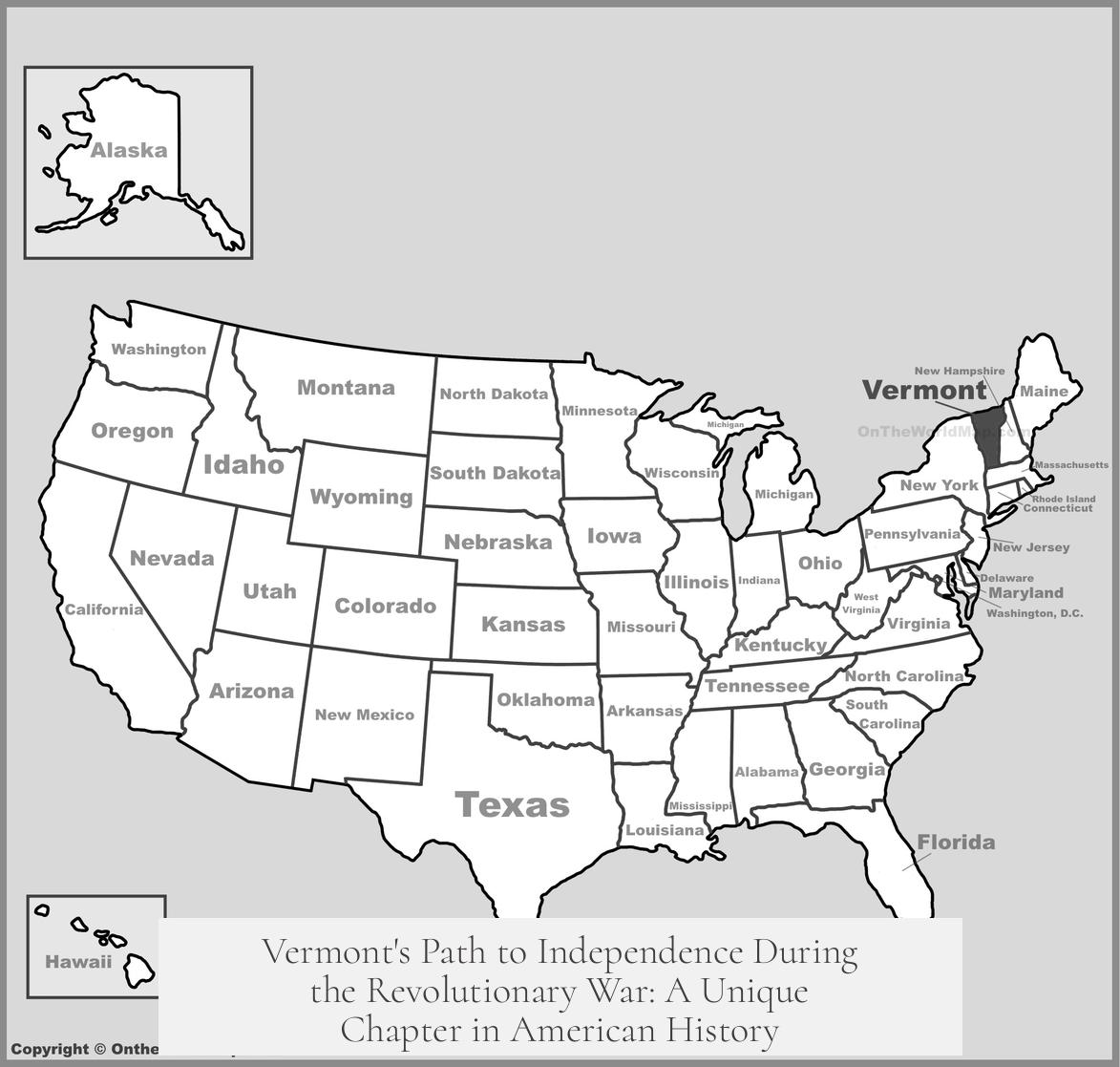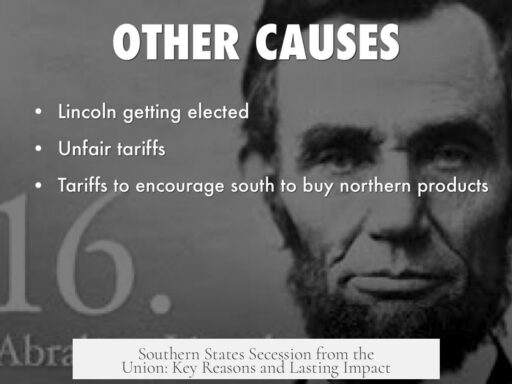During the Revolutionary War, Vermont became an independent state instead of joining as one of the original 13 colonies because it was not officially a colony but a disputed territory claimed by multiple colonies and contested by neighboring states.
Vermont’s status differed from the 13 colonies since it was claimed by Massachusetts, New Hampshire, and New York. In 1764, the British Crown assigned Vermont territory to New York, despite many towns having been established under New Hampshire’s authority before that. Massachusetts then abandoned its claim, but New York’s assertion of control sparked conflict.
One significant cause of Vermont’s separate path was the resistance led by Ethan Allen and his militia, known as the Green Mountain Boys. They opposed New York’s jurisdiction and sought to create an independent state with the Hudson River as the eastern boundary. This local resistance culminated in the 1777 Westminster Convention, which declared Vermont an independent state during the Revolutionary War.
During the war, competing claims over Vermont’s land were temporarily set aside to unite against the British. After 1781, Vermont operated as a de facto independent country, not formally recognized as a state within the new United States. The ongoing conflict with New York over land claims escalated tensions, almost resulting in armed conflict. These disputes blocked Vermont from gaining immediate admission to the Union.
The federal government eventually intervened to resolve the border issues. In 1790, it officially set the boundary between New York and Vermont. New York compensated Vermont financially for the disputed lands east of the Hudson River. Following this settlement, Vermont joined the United States as the 14th state.
| Reason | Details |
|---|---|
| Not a Colony | Disputed territory claimed by NY, NH, Massachusetts |
| Royal Decision | 1764 King assigns Vermont to New York |
| Local Resistance | Ethan Allen’s Green Mountain Boys oppose NY control |
| Independence | 1777 Westminster Convention creates Vermont state |
| War Focus | Disputes set aside to fight British |
| De Facto Country | 1781-1790 Vermont operates independently awaiting admission |
| Border Resolution | 1790 Federal boundary set; New York compensates Vermont |
| Statehood | 1791 Vermont joins the United States |
- Vermont was a disputed territory, not a recognized colony.
- Multiple colonies claimed it; the Crown assigned it to New York in 1764.
- Ethan Allen and the Green Mountain Boys opposed New York’s authority.
- The Westminster Convention in 1777 declared Vermont a separate state.
- War united factions temporarily, but Vermont remained independent after 1781.
- Border disputes with New York delayed Vermont’s admission to the Union.
- The federal government settled the border in 1790, with New York compensating Vermont.
- Vermont became the 14th state in 1791 after resolution of these conflicts.
During the Revolutionary War, why did Vermont become an independent state instead of being one of the 13 (14) Colonies?

Vermont became an independent state rather than one of the original 13 colonies because it was a disputed territory claimed by Massachusetts, New York, and New Hampshire, leading settlers to create their own government amid conflicting colonial claims. This story is a fascinating mix of royal decisions, local rebellion, and a bit of frontier politics. Let’s break it down.
First, Vermont’s status was unusual. Unlike the neatly defined 13 colonies, Vermont was technically a disputed territory. It bobbed on the map, caught between Massachusetts, New York, and New Hampshire. Picture three siblings all pointing at the same slice of pie, each insisting it’s theirs. The King jumped in and, in 1764, decided Vermont belonged to New York.
But this royal assignment ignored a crucial detail: many towns in Vermont had already been settled under New Hampshire’s authority. The settlers felt like party crashers shoved out of their own homes. Massachusetts dropped out of the dispute, which sounded promising, but New York’s claim escalated tensions. The real kicker? The settlers wanted to create their own state with the Hudson River as the boundary.
This led to the legendary rise of Ethan Allen and his Green Mountain Boys. These rugged frontiersmen didn’t take kindly to New York’s claims. Instead of bowing down, they pushed back hard. Their goal? Establish Vermont as a separate state. Imagine a bunch of fearless militiamen saying, “No, thank you, we’ll make our own rules here!” Their activism was key to Vermont’s unique path.
In 1777, amid the chaos of the Revolutionary War, the Westminster Convention gathered with a bold aim: to officially create a new state. This assembly wasn’t just hopeful chatter. It declared Vermont’s independence from New York, New Hampshire, and British rule alike. This new entity was different—more a fledgling country than a mere colony.
The Revolutionary War itself paused the bitter land disputes. Everyone had bigger fish to fry—fighting the British. With this common goal, disputes that could have consumed Vermont simmered down.
After 1781, Vermont basically acted like its own country. It had its own government, minted its own currency, and even handled foreign affairs. Yet, it wasn’t officially part of the new United States. Why? Because New York wasn’t going to let go of the land claims quietly. The rivalry heated to the brink of armed conflict. Militias from Vermont and New York faced off. It was a tense standoff—with harsh words and marching troops.
This ongoing conflict blocked Vermont’s official admission into the Union. It was like being invited to a party but stuck outside the door because of a neighbor’s grudge. New York demanded compensation if Vermont wanted statehood on the disputed land east of the Hudson River.
The breakthrough came with the new federal government stepping in to mediate. They ruled the border dispute must be settled federally. Eventually, in 1790, New York paid Vermont for the contested lands. With that paid, the barriers to statehood fell. Vermont finally joined the United States, becoming the 14th state.
So, why didn’t Vermont just join as one of the original 13 colonies? Because it wasn’t a colony in the traditional sense. It was a battleground of claims and ambitions. The local settlers’ resistance combined with bureaucratic indecision meant Vermont carved its own path to independence and eventually statehood.
Why does this history matter today?

Vermont’s story shows how borders and governance can be messy—especially when overlapping claims exist. It also highlights a little-known American tale where a group of determined pioneers refused to be shoved around by distant authorities. Their fight crafted a state proud of its independent streak.
Of course, this independence came with a price. Vermont spent over a decade as a de facto nation before joining the United States. It’s a reminder that statehood isn’t just about lines on a map; it involves people, policies, and sometimes, pitched battles with neighbors.
Lessons from Vermont’s Independence Journey

- Disputed Borders Can Delay Progress: Vermont’s border fights stalled its admission, illustrating how territorial disagreements can stall political unity.
- Grassroots Leadership Matters: Ethan Allen and the Green Mountain Boys show how local leadership can shift history’s course.
- Compromise Is Key: The federal government’s mediation and New York’s compensation were crucial to resolving long-standing conflict.
Imagine if Vermont had been folded quietly into New York or New Hampshire—the distinct culture and political identity we know might never have emerged. Instead, Vermont’s unique story fuels its well-earned nickname as the “Green Mountain State” with a proud legacy of daring independence.
In Summary
Vermont’s independence during the Revolutionary War stemmed from its status as a disputed territory claimed by multiple colonies. The King’s decision to assign it to New York clashed with New Hampshire settlers’ claims. Led by Ethan Allen and the Green Mountain Boys, locals fought for a new state at 1777’s Westminster Convention. While the war paused disputes, Vermont acted as an independent nation after 1781. Ongoing border conflicts with New York, nearly leading to violence, delayed statehood until 1790 when New York agreed to settle the dispute and paid Vermont for lands east of the Hudson. Only then did Vermont join the United States.
Next time you think of the 13 colonies, remember Vermont: the rebel territory that carved its own path to become—arguably—the 14th state.




